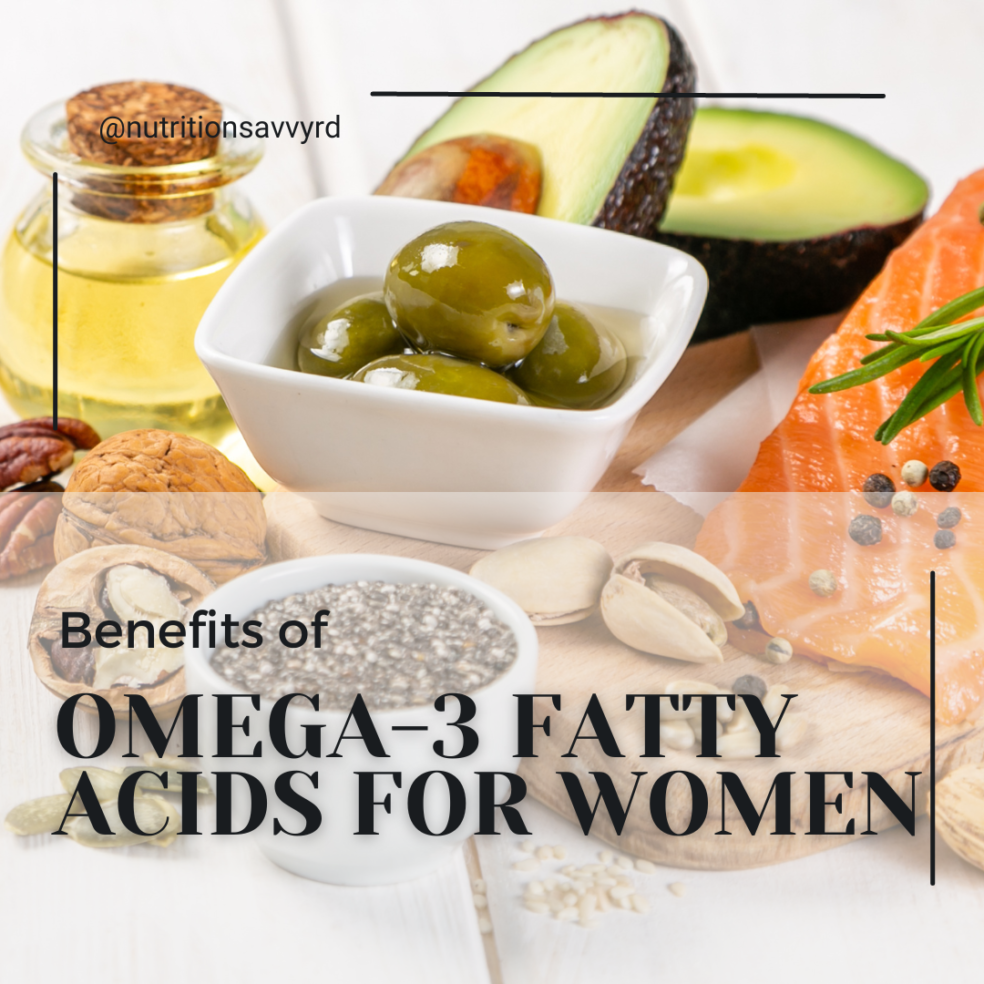There are many benefits of Omega-3 fatty acids for women. Omega-3 fatty acids are a type of polyunsaturated fat that can be beneficial because of their role in brain and nervous system development, polycystic ovarian syndrome, and depression.
Your body cannot make two different types of essential polyunsaturated fatty acids: Omega-3 and Omega-6 fatty acids.
While both of these fatty acids are important in your diet, let’s talk about Omega-3 fatty acids and why women can benefit from them.

Types of Omega-3 Fatty Acids
Omega-3 is known by three different names: Alpha-linolenic acid (ALA), eicosapentaenoic acid (EPA), and docosahexaenoic acid (DHA).
ALA fatty acids are found in foods such as canola oil, soybeans, flaxseed, and walnuts.
EPA and DHA fatty acids are found in food sources like mackerel, salmon, cod, cod liver oil, and sardines.
Recommendations for Omega-3 Fatty Acid Intake
Women should consume the following amounts of Omega-3 Fatty Acids:
- Non-pregnant, breastfeeding women – 1.1 grams per day
- Pregnant women – 1.4 grams per day
- Breastfeeding women – 1.3 grams per day
Food Sources of Omega-3 Fatty Acids (Animal Sources)

Mackerel: A small, fatty fish that can be prepared in a variety of ways with the most common preparation methods being smoking or pickling. You can also cook mackerel by baking, grilling, or pan-frying.
Downfalls: This fish spoils quickly so it needs to be cooked the day it’s caught or frozen.
Omega-3 Amount: In a 100 gram serving, there are 4.58 grams of Omega-3 fatty acid from both DHA and EPA.
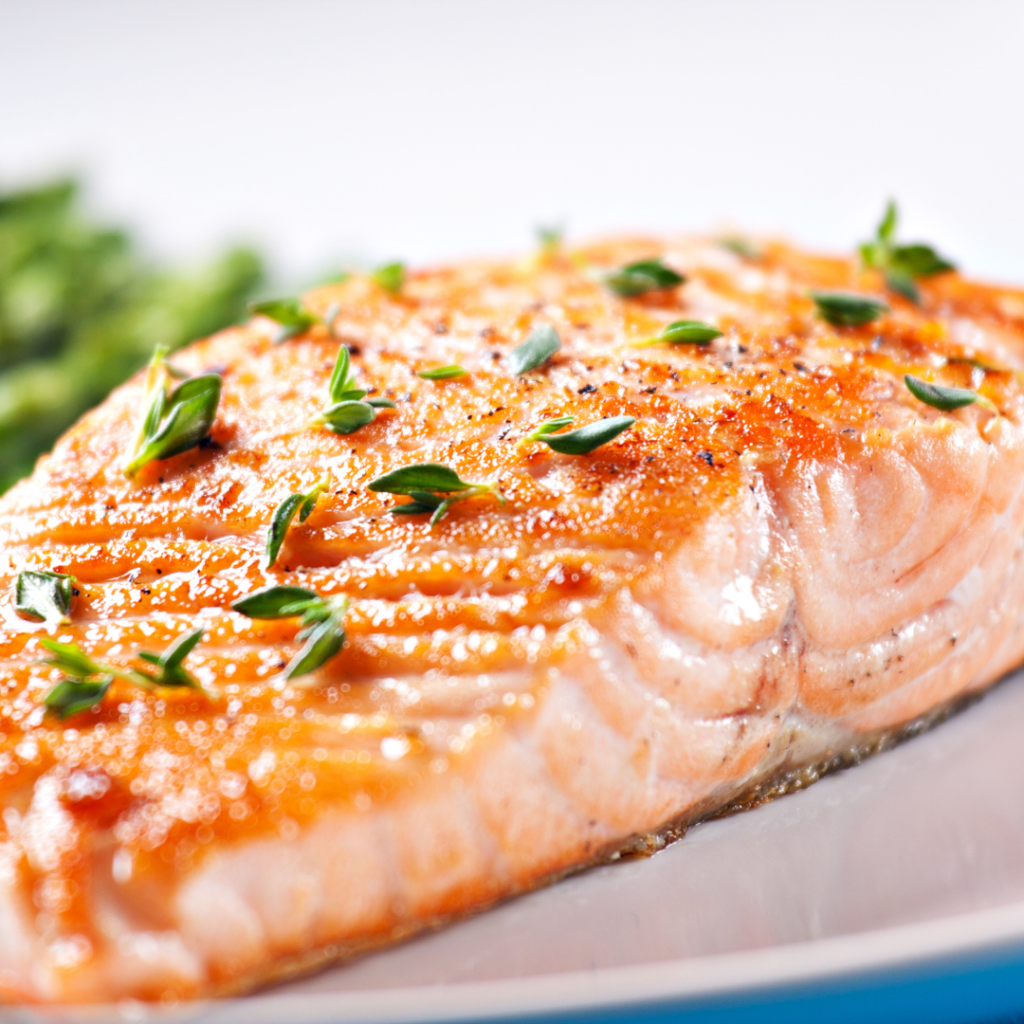
Salmon: One of the most popular fatty fish to eat in America. Salmon can be prepared in a variety of ways including grilling, baking, poaching, and pan-frying.
Downfalls: Good quality salmon can be very expensive.
Omega-3 Amount: In a 100 gram serving, there are 2.15 grams of Omega-3 fatty acid from both DHA and EPA.
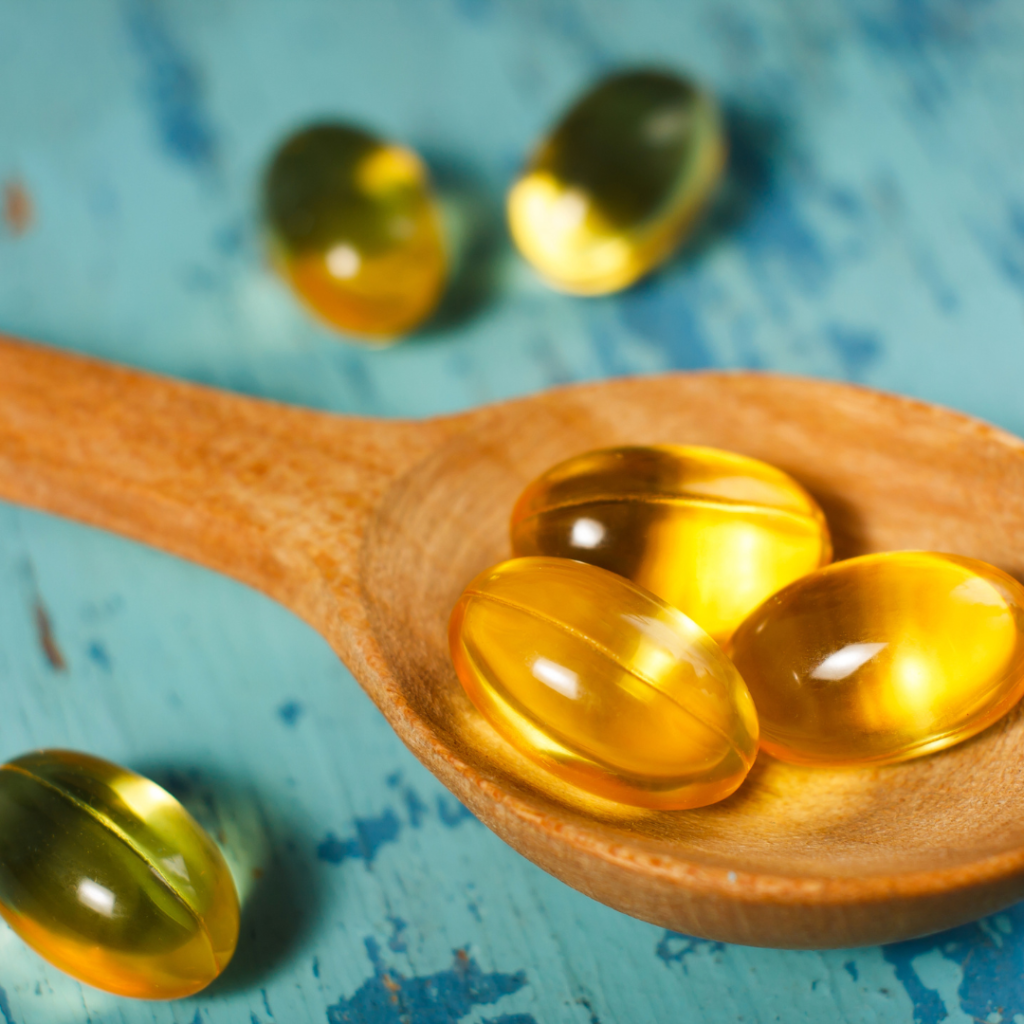
Cod Liver Oil: A supplement made from cod fish. Cod fish can be found in stores year round if you don’t want to take Cod Liver Oil as a supplement. The supplement is found in a variety of stores.
Downfalls: Cod Liver Oil can become pricey depending on the quality of the supplement.
Omega-3 Amount: In a recommended serving size of 1 tsp per day of cod liver oil, there are 805 mg of Omega-3 fatty acid from both DHA and EPA.

Sardines: A small, oily fish that you can find a variety of ways in most stores. The most common way to find sardines are in prepackaged containers. If you are going for the sardines that aren’t in tins, you can cook them in different ways like grilling or smoking.
Downfalls: Fresh sardines go bad very quickly so if you plan on eating sardines, be sure to cook the fresh fish quickly or opt for canned sardines to use.
Omega-3 Amount: In a standard can size (75 grams) of sardines, there are 737 mg of Omega-3 fatty acid from both DHA and EPA.
Food Sources of Omega-3 Fatty Acids (Non-Animal Sources)
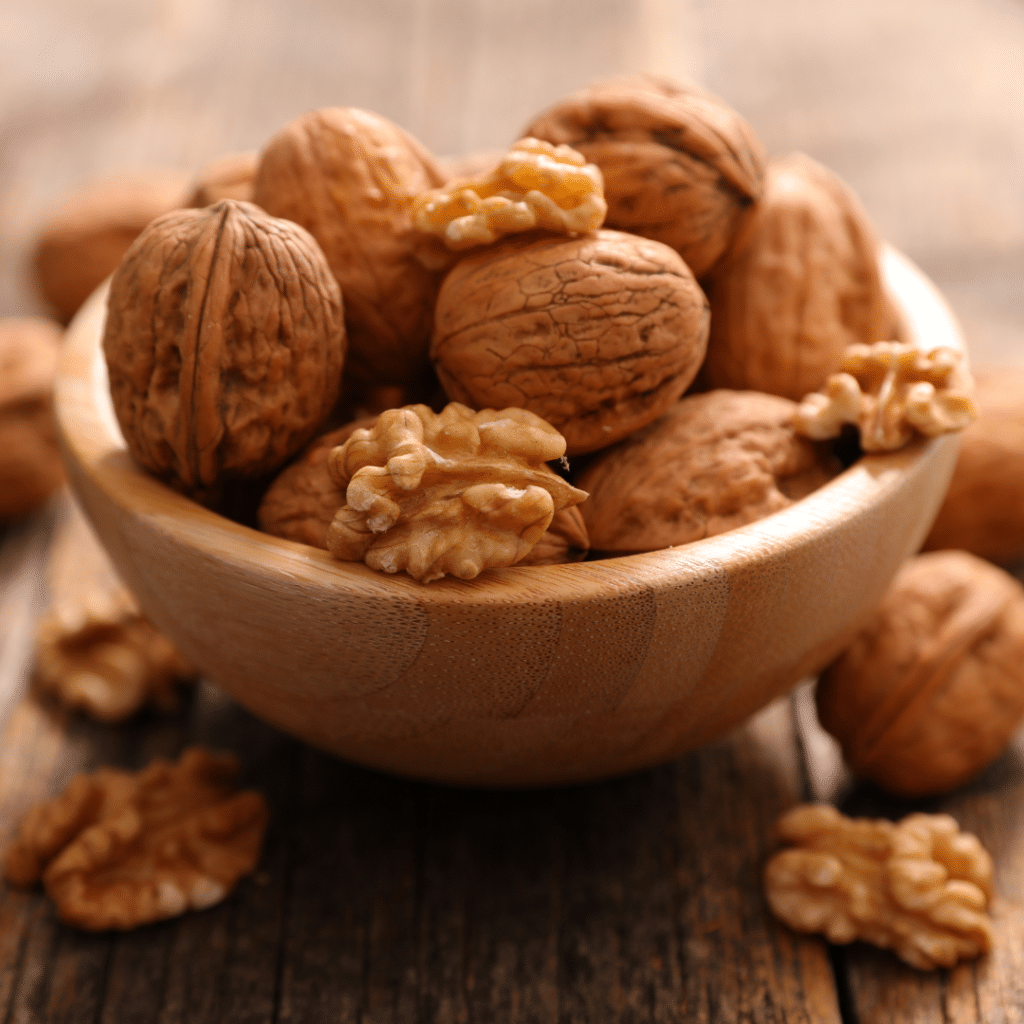
Walnuts: A type of tree nut that is also rich in antioxidants and other nutrients. Walnuts are good sources of protein, fat, and other nutrients like Omega-3 fatty acids. You will also find Omega-6 fatty acids in walnuts.
Downfall: If you are allergic to walnuts or tree nuts, this is not a good option for you. Walnuts are considered an energy dense food so they shouldn’t be eaten in large quantities.
Omega-3 Amount: In 1 oz (14 halves) of walnuts, there are 2.57 grams of Omega-3 fatty acids.
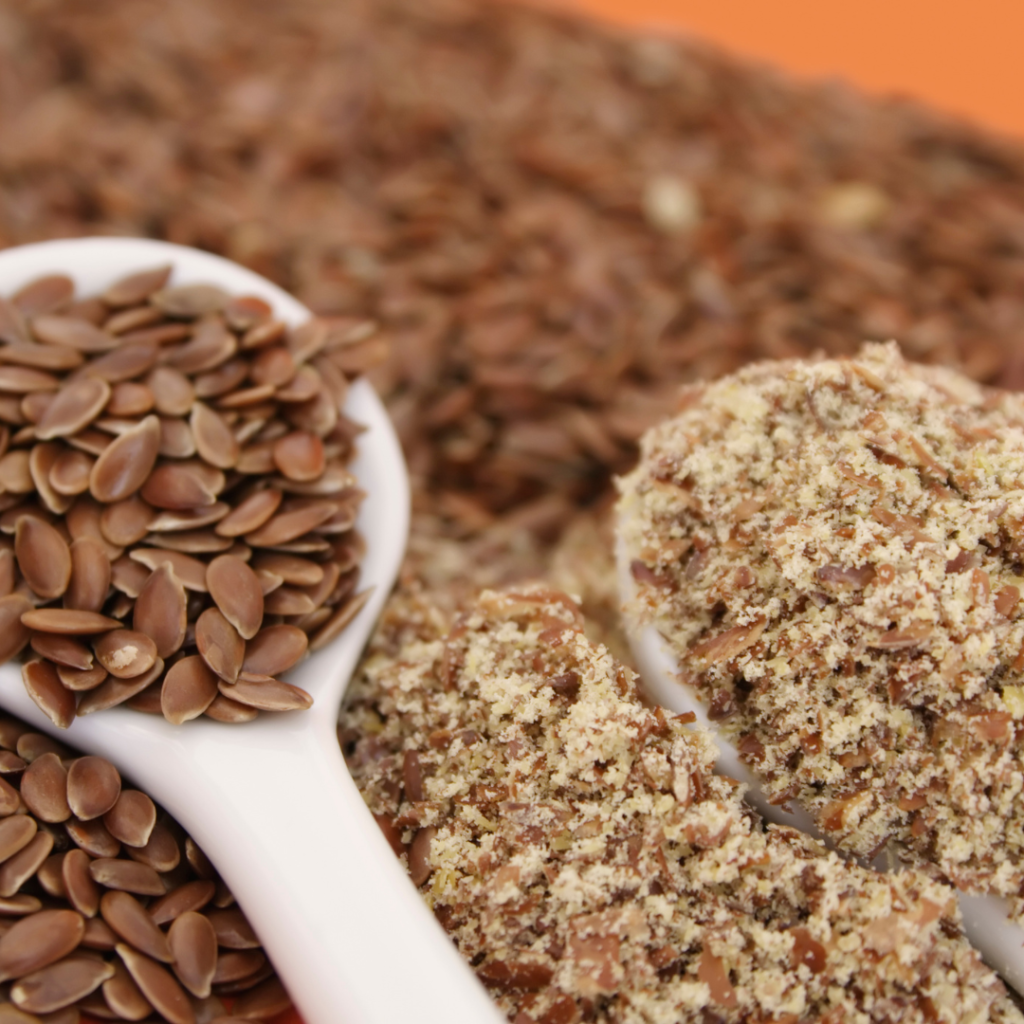
Flaxseed: It is considered a “superfood” because of the carbohydrate, lipids, protein, vitamin, and mineral content. There are two different types of flaxseed: brown and golden. You can get flaxseed in a variety of forms like whole, ground, or as flaxseed oil.
Downfall: Flaxseed is high in fiber but if you increase fiber in your diet too quickly without drinking enough water, you’ll get some gastrointestinal problems like gas and bloating.
Omega-3 Amount: In a typical serving size of ground flaxseed, there are 1.6 grams of Omega-3 fatty acids. In one tablespoon of flaxseed oil, there are 7.6 grams of Omega-3 fatty acids.

Soybeans: Soybeans are a type of legume, which provides lots of health benefits. Soybeans can be eaten whole or can be processed into other food items such as soy milk for individuals with a dairy allergy. They are also a great source of protein.
Downfall: Soybeans are one of the big nine food allergen foods so individuals with a soy allergy should avoid consuming any food product made with soy. Soybeans contain a large quantity of fiber, so be sure to increase your water content when you eat a lot of soybeans.
Omega-3 Amount: In one tablespoon of soybean oil, there are 699 mg of Omega-3 fatty acids. In one cup of roasted, dry soybeans there are 1.3 grams of Omega-3 fatty acids.
Benefits of Omega-3 Fatty Acids for Women
Reduce Risk of Postpartum Depression
Women that have had a baby can develop a type of depression called postpartum depression.
According to the Centers for Disease Control and Prevention (CDC), around 1 in 10 women will experience depression and 1 in 8 women will experience the symptoms of postpartum depression.
Symptoms of Postpartum Depression:
- Frequent crying (more than normal)
- Feelings of anger
- Not feeling connected to the baby
- Thoughts or worrying about hurting the baby
- Feelings about not being a good mother
Women that do not consume enough Omega-3 Fatty Acids during pregnancy may lower their levels of Omega-3 Fatty Acids. This can increase the risk for depression during pregnancy as well as postpartum depression.
However, if a woman is breastfeeding and consumes a high level of fatty fish, which is high in the Omega-3 Fatty Acid – DHA, this can lower the chances of developing postpartum depression.
Pregnancy
Omega-3 Fatty Acids are very important for brain development in infants. DHA, an important type of Omega-3 Fatty Acid, benefits pregnant women when consumed through diet or by taking a supplement.
The amount of Omega-3 Fatty Acid’s in a pregnant woman’s bloodstream can directly impact the baby’s brain volume.
If a mother has good levels of Omega-3 Fatty Acids, then the baby is more likely to have better brain development in the future.
If a pregnant woman is not getting sufficient DHA through her diet, studies are suggesting that her DHA levels will drop significantly so that the baby has access to this nutrient.
To see the benefits from Omega-3 fatty acids during pregnancy and breastfeeding, consume the recommended amount of omega-3 daily.
Polycystic Ovarian Syndrome (PCOS)
Polycystic Ovarian Syndrome (PCOS) is an endocrine disorder for women, and treatments typically include nutrition and lifestyle changes.
PCOS has a variety of symptoms for women that typically include a lack of progesterone, irregular periods, lack of a period, weight gain, and diabetes.
If you have PCOS and are wanting to have periods more regularly, supplementation of Omega-3 fatty acids may help you with this and also lower your cholesterol level.
YOU MIGHT ALSO LIKE:

Benefits of Folic Acid for Women
Folate, also known as Vitamin B9, is a water-soluble vitamin that has many benefits during all life stages for women. It was named after the Latin word – “folium” which means “leaf.” Your body cannot make folate so you have to consume it in your diet.

7 Low Calorie Foods That Fill You Up
These 7 low calorie foods will help you know what foods to eat that will stop you from feeling hungry! They are low in calories and will help keep you fuller longer!

